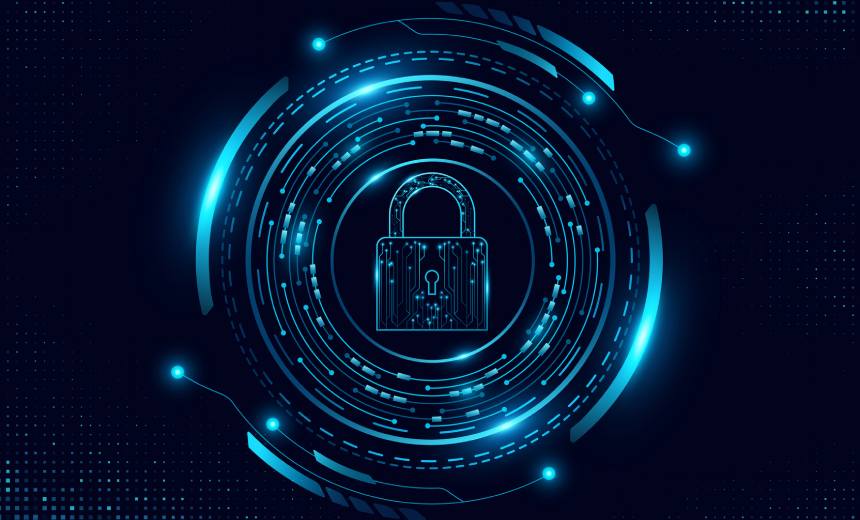AI-Powered Threats Require AI-Driven Defense

Artificial Intelligence has emerged as a significant force in the cybersecurity arena, enhancing the capabilities of defenders while simultaneously equipping attackers with unprecedented tools. Malicious actors are increasingly utilizing agentic AI to execute sophisticated, autonomous attacks that operate at machine speed. For instance, phishing campaigns are now evolving in real time, malware is capable of adapting during an attack, and deepfakes can convincingly impersonate executives.
Related Reading: The Rise of Agentic Commerce: Ensuring Safe, Trusted Payments in an AI Economy
This evolution presents a critical challenge for Chief Information Security Officers (CISOs). Traditional defenses and human response times are proving inadequate in the face of rapidly evolving threats. Teams suffering from talent shortages and alert fatigue now find themselves increasingly outpaced by the innovation of attackers, intensifying the need for an advanced intelligence framework capable of observing, reasoning, and taking action swiftly.
Transforming AI: From Threat to Tactical Advantage
The very technology that threatens security can also fortify defenses. Agentic AI goes beyond conventional capabilities by not only analyzing data but also reasoning, executing, and learning from its experiences. This advancement allows security systems to not just inform teams of potential threats but also facilitate timely and effective responses under human supervision. The synergy of network telemetry and AI reasoning offers a force multiplier, enabling overburdened teams to enhance their efficiency, speed, and confidence in their responses.
The Pressure Mounts: Evolving Threats and Outdated Tools
The current wave of AI-enhanced threats presents unique challenges that security leaders have not previously encountered. A recent Gigamon 2025 Hybrid Cloud Security Survey underscores the rapid transformation of the threat landscape.
In particular, 61% of CISOs reported experiencing more complex phishing campaigns, while 58% observed a rise in AI-enhanced ransomware attacks. Furthermore, 47% noted incidents targeting large language models. Legacy log-based tools, designed for a previous era, are ill-equipped to keep time with the agility and nuance of AI-driven assaults. Compounding the issue, boards are increasingly recognizing cyber risks as significant as financial and legal ones, thus demanding tangible evidence of resilience, often with limited resources for response.
The imperative is unmistakable: the cybersecurity sector must deploy AI to combat AI.
Leveraging Gigamon Insights: Agentic AI for Enhanced Observability
To address these challenges, Gigamon introduced Gigamon Insights, an agentic AI application crafted to quicken the insight acquisition process. It identifies threat activities, correlates telemetry to highlight performance issues, and uncovers compliance vulnerabilities through application-aware metadata.
With the integration of AI reasoning into network-derived telemetry, Gigamon Insights enhances investigative accuracy and expedites troubleshooting, leading to better decision-making. Coupled with the Gigamon Deep Observability Pipeline, this tool provides security and IT teams with direct, conversational access to their most reliable data source: the network.
This methodology allows analysts to pose inquiries and receive immediate, contextual responses, alongside guided actions within their existing tools. Consequently, senior analysts gain speed, while junior analysts develop expertise, resulting in quicker resolutions and more time for strategic initiatives.
Deep Observability: The Reliable Source Amidst Chaos
In a hybrid, multi-cloud setting, the network remains a steadfast source of truth. Network-derived telemetry—including packets, flows, and metadata—offers an unalterable record of activities across on-premises servers, virtual environments, and public cloud instances.
When combined with logs, metrics, and traces from existing tools, organizations can achieve a state of deep observability, which provides comprehensive insights into application behavior, network performance, and security posture. Gigamon enhances this capability by integrating deep observability with agentic AI, evolving static visibility into adaptive intelligence.
From Detection to Anticipation
Deep observability has ascended to a priority concern for company boards. This year, 83% of CISOs reported discussing this topic with their directors, up from 76% last year, indicating a significant shift in recognizing cybersecurity as a critical business priority.
As awareness of the risks and potential of AI increases, so does recognition of deep observability’s role in highlighting threats, streamlining performance, and closing compliance gaps. With Gigamon Insights, organizations can transition from a reactive defensive posture to one of proactive resilience, thereby mitigating cyber risks while fostering cloud agility and innovation. In the years to come, those CISOs who effectively integrate agentic AI with deep observability will not only enhance detection capabilities but will also achieve forward-looking situational awareness, enabling the creation of adaptive systems that learn and evolve as rapidly as their adversaries.
Interested in Learning More?
Download the Gigamon 2025 Hybrid Cloud Security Survey to explore how security leaders are navigating the complexities of AI adoption while balancing risks and advantages.
